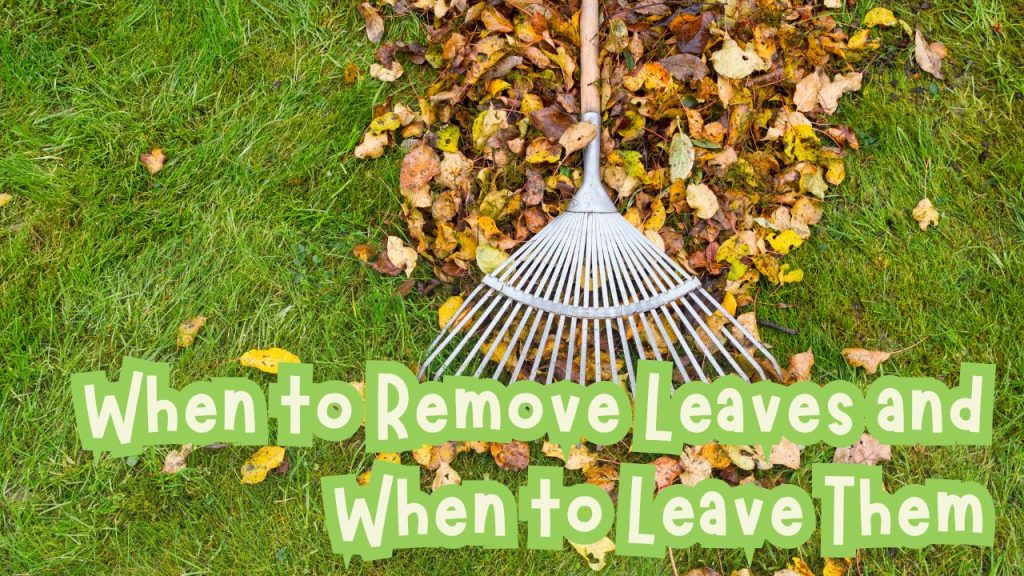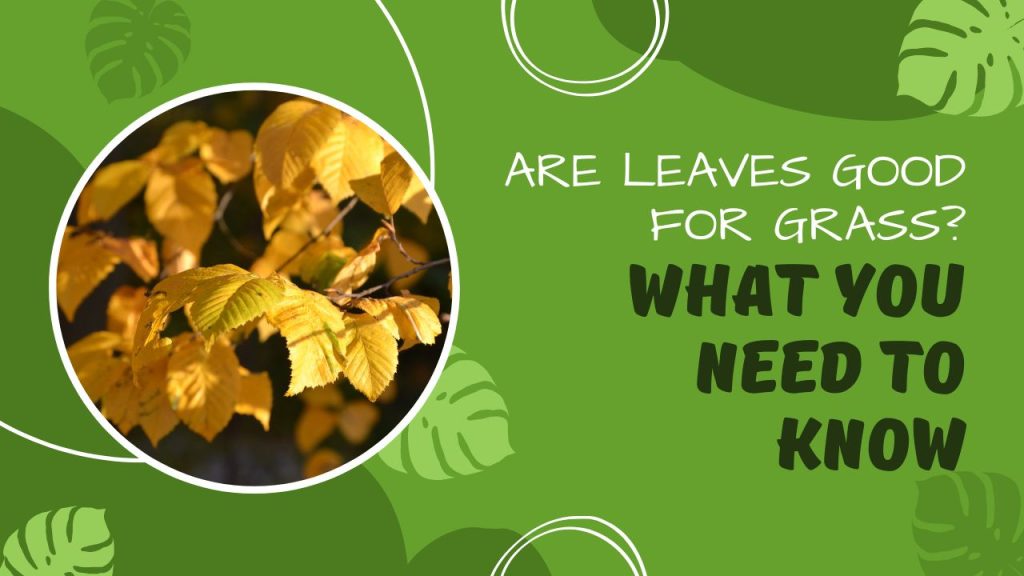We’ve all seen it—autumn arrives, and suddenly the lawn’s buried under a crunchy blanket of leaves. Some folks rake them up the moment they fall. Others leave them, figuring nature knows best. But here’s the big question: Are leaves actually good for your grass? Let’s break it down.
What Happens When Leaves Cover Grass
When leaves pile up on your lawn, the grass underneath can’t breathe. It’s not just about light—though blocking the sun’s bad enough—it’s also about moisture. A thick mat of wet leaves locks in water. That might sound good, but it can lead to fungal growth, mold, and even rot.
Picture this: your grass is trying to hibernate for winter, storing energy in its roots. But with soggy, suffocating leaves smothering it? That process gets interrupted. Grass weakens. Come spring, you’re left with bald spots, yellow patches, or worse—dead turf.
And it gets more frustrating. Wet leaves are heavy. They clump together. When left too long, they form a dense, slippery mat. This mat presses down on your lawn like a lid on a boiling pot—no air, no sunlight, and too much moisture. Not exactly a spa day for your grass.

Can Leaves Actually Benefit Your Lawn?
Here’s the twist: leaves can be good for grass—but not when they’re left whole and untouched.
Shredded leaves, now that’s a different story. If you run a mulching mower over fallen leaves and break them down into smaller pieces, you’re feeding your soil. These tiny bits of leaf matter decompose quickly and add valuable organic material. Think of it like composting right on your lawn.
Mulched leaves do a few good things:
- Add nutrients like nitrogen, potassium, and phosphorus
- Improve soil structure
- Help retain moisture (without smothering)
- Encourage beneficial microbes and earthworms
It’s like giving your lawn a natural, slow-release fertilizer—without the synthetic stuff. Plus, it’s cheaper and easier than hauling bag after bag to the curb.
But again, and this is key: they need to be chopped up. A thin layer is fine. A thick, wet layer of whole leaves? That’s a no-go.
How to Tell If Leaves Are Helping or Hurting Your Grass
So how do you know where your yard stands? Start with a simple walk across the lawn.
Are the leaves dry and scattered thinly? That’s usually okay. If you can still see plenty of grass poking through, your lawn’s breathing just fine. You might not even need to rake—just mow and mulch.
But if you step and feel a spongy, wet layer underfoot—maybe even smell a little funk? That’s trouble. Look closer. Is there yellowing beneath the leaves? Fungal spots? Mats of matted grass? Those are signs the leaves are overstaying their welcome. Another easy trick: check after a rain. If water puddles on top of the leaves and isn’t sinking into the soil, you’ve got a problem. Remember, grass is alive. It needs air, water, and sunlight. If leaves are cutting off one or more of those things, your lawn’s taking a hit.

When to Remove Leaves and When to Leave Them
Here’s where timing and conditions matter.
Remove leaves when:
- They’re thick, wet, and cover the whole yard
- Rain is in the forecast and your lawn stays soggy
- There’s disease in the grass (like fungus or mold)
- You’ve got cool-season grass preparing for winter
Leave them (or mulch them) when:
- They’re dry and thinly scattered
- You mow regularly and can shred them
- You want to feed your soil naturally
- The weather’s dry and the lawn still needs protection
It’s not an all-or-nothing game. You can rake the thick stuff and mulch the rest. Or rake once, then mow over the remaining bits. Some people even bag up shredded leaves to use as garden mulch or compost later. Also, don’t wait until all the leaves have fallen. It’s easier to manage smaller amounts weekly than one giant clean-up in late fall. And one more tip: keep an eye on shaded areas. Leaves tend to collect there and stay damp longer. That’s where damage starts first.
Conclusion
So—are leaves good for grass? Sometimes. It depends on how many, how wet, and whether they’re left whole or mulched. Whole, soggy leaves can suffocate your lawn. Shredded, mulched leaves can feed it. The trick is balance. Watch your lawn. Feel it. Smell it, even. Grass is tough, but not invincible. A little attention in fall can mean a lot fewer problems come spring. So grab your rake—or your mower. And let your lawn tell you what it needs. After all, nature’s messy, but with a little help, it usually knows what it’s doing.

